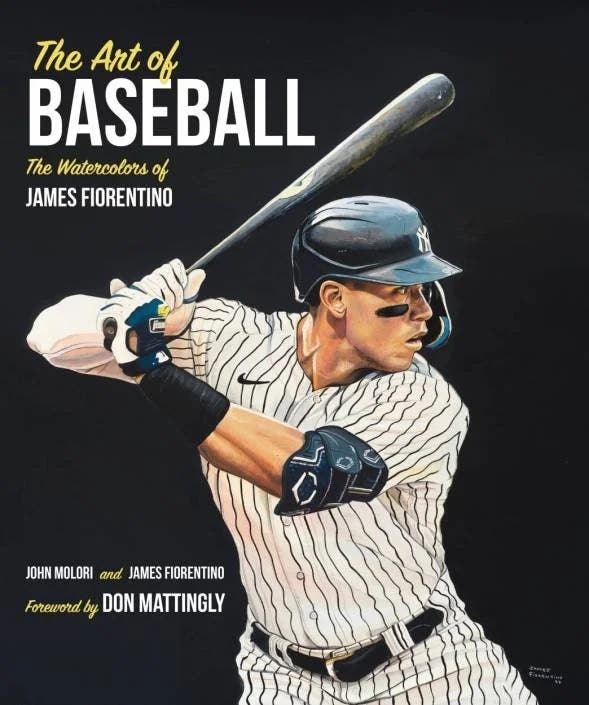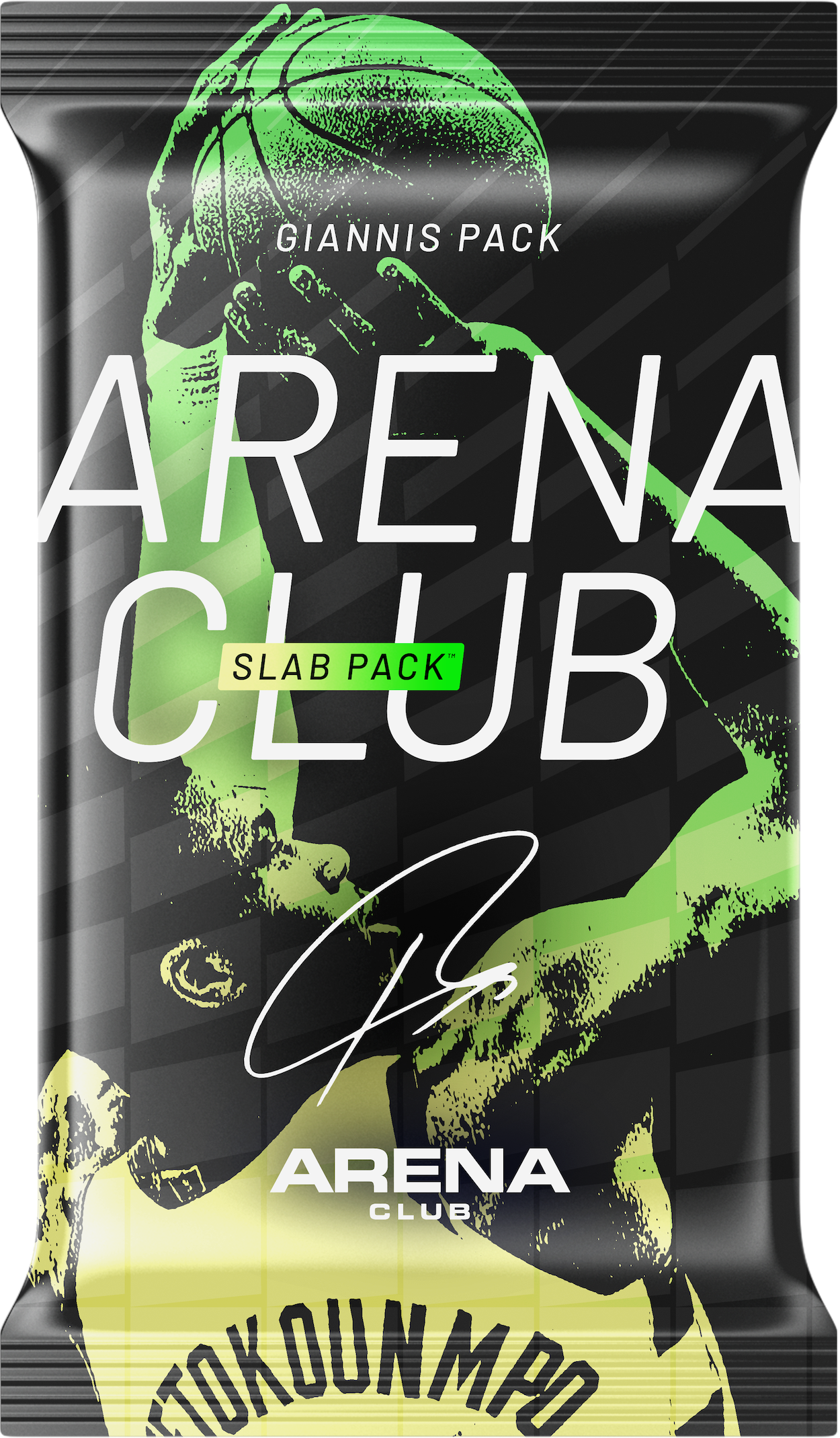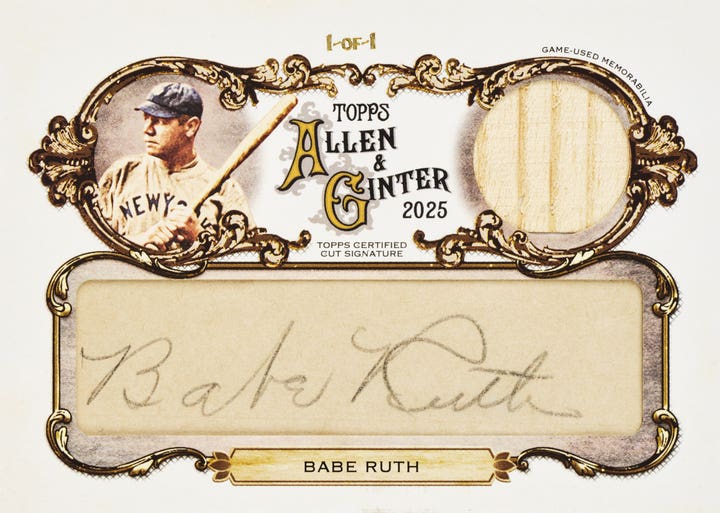News
Holiday gift guides from the 1970s include some distinctive sports items
By Doug Koztoski
Some things truly do seem meant to be. Take Jason Liebig, for instance. In November he hosted a pilot episode of “Food Flashback” on The Cooking Channel. Liebig, a food historian, among a buffet of his other “job” descriptions, created “Flashback” to explore snacks and other goodies from past decades that vanished from store shelves—only to return again. Think the Twinkie and Surge soda, to name two.
Liebig now waits to see if his TV show will get a call back. In the meantime, one of his on-going personal projects is WishbookWeb.com (WBW), a site dedicated to featuring department store holiday catalogs from, in many cases, several decades ago. A few of the books on the venue reach back to the 1930s, when Twinkies were not much beyond a “twinkle in the eye” stage of becoming a household name. Sears, the site’s most prominent player, put out their initial holiday catalog in 1933.
In 2006 WBW worked its way onto the internet and right around that time Sears holiday catalogs, also known as Wish Books, had essentially become extinct, certainly compared to their 500-plus-page holiday guides in their heyday – the 1960s-1980s.
Yet, Sears Wish Books returned this year. Mainly available in online form via the retailer, a company spokesman said “Sears’ best customers” were sent a limited edition printed copy.
“I like to think I played a part in the relaunch of the current Wish Book,” Liebig said.
The New Yorker’s enthusiasm for the holiday catalog topic certainly did not hurt.
This year alone he added 11 different books, showing each page; one was the Sears 1977 issue. And since the 1970s and that retailer’s holiday guides are this article’s focus, let’s start with a quick trip back to some of the sports-related items of the 1977 holiday season, “a long time ago (for some) in a galaxy (or world, that seems) far, far away….” in a Sears Wish Book.
It may be difficult for some to imagine but playing video/computer games on one’s cellphone, desktop computer or television was not so readily available in decades past, if at all, like today.
In fact, video gaming essentially did not start until the 1970s and in the 1977 Sears holiday catalog one could find a handful of rudimentary games, including “Super Pong,” which was a significant leap forward from “Pong,” which debuted in any numbers just a few years before. “Super Pong,” in all its glory, shows up on Page 7, the basic model selling for about $40. Vintage Super Pong examples intact, working and including the original box commonly go for $40-$60.
The page after a supersized “Pong” sits one of the first and most popular handheld/mobile sports devices of its time: Mattel’s Electronic Football (catalog price: $26.84). Up until this timeframe, many electronic football games dealt with vibrating metal tabletop surfaces that propelled tiny plastic gridiron players, with varied success, to and fro between the hash marks. Tabletop models are pictured in the 1977 book (P. 538) for $9.94-$17.95 each.
These days, 1977 Mattel Electronic Football games in working order, with the box, often sell for $100-$135 on eBay. Tabletop versions from that era, comparatively, normally swap owners for $50-$100.
Flipping through the 1975 Sears Wish Book, where some saw “Pong” for the first time (P. 410), there is a more rough and tumble version of gridiron play with the “Super Toe/Super Jock” football game (P. 543, $5.66 catalog price).
Basically, using the spinner determined how far the field goal needed to be attempted from on the mini football field. Then it was set up the kicker, who stood about a foot tall, and ball—and then mash down the player’s helmet, which ultimately activated his aforementioned amazing appendage. No tellin’ just how far this athlete could launch a plastic pigskin in high altitude on a humid day. With its original box, and in otherwise solid condition, “Super Toe” normally goes in the $25-$35 range.
Wall-et sized photos
Perhaps one of the best sports deals in this era’s Sears holiday guides came from their 1972 edition: an array of NFL player posters (P. 177). The cost? One for $1.50, three for $4.20. Each of the 64 posters, 2’ x 3’ in size, came in vivid color with players including: Dick Butkus, Joe Namath, Gale Sayers, O.J. Simpson, Bart Starr, Roger Staubach, as well as some of the Miami Dolphins team that went undefeated that season: Larry Csonka, Bob Griese and Paul Warfield.
From the 1971 Sears holiday book many a young and lucky baseball player would hope to receive a “Pitch-Back,” to be used when “having a catch” with someone was just not an option. The springs/net/light metal frame combo did the trick often enough at a short distance, but get a little too far away from the device and you would sometimes “pitch” the ball and then have to go “back” behind it to retrieve the horsehide. Page 176 shows three sizes: priced $4.48-$11.99.
Pitching forth to the end of the ’70s, the 1979 guide had a solid selection of NFL team lunchboxes (P. 49), but from a sports collector standpoint, perhaps one of the most desirable items in that catalog came deep in the tome (P. 577) with the sports card locker, adorned with player illustrations from all four major U.S. pro team sports. Initially $4.97, now the all vinyl storage lockers, which were not issued with cards, usually sell on eBay for $25-$35 apiece.
But those, of course, represent just a few of the sports items in these vintage catalogs, along with many pieces of sports equipment and attire. According to Liebig, the site’s main appeal is “people visiting the catalogs they had as kids. It’s a site that provides joy, people connecting with family members they have or have lost, and for collectors of all types.”
Liebig noted that he co-created the site because he “loved seeing old catalogs. It was the site I wanted to visit.” Plus, he wanted to do something out of the ordinary, “to put something fun and positive out in the world.” That game plan has worked well and he looks to add catalogs when time and funds become more available.
Time travel, sort of
Maybe some of the money will be generated from “Food Flashback,” if it finds an audience. And if Liebig makes a deal for several more episodes, who knows, he might just feature a segment including holiday fruitcakes, a staple of vintage Wish Books.
Either way, WBW looks to be around for some time, just like those fruitcakes. So, spread the word about the site and enjoy the holidays as you wish, maybe some of the time by checking out vintage catalogs, kind of a “Festive Flashback,” because you never know what you might find in them, again, much like those fruitcakes.
Doug Koztoski is a longtime contributor to Sports Collectors Digest. He welcomes comments and questions related to this article at dkoz3000@gmail.com.








